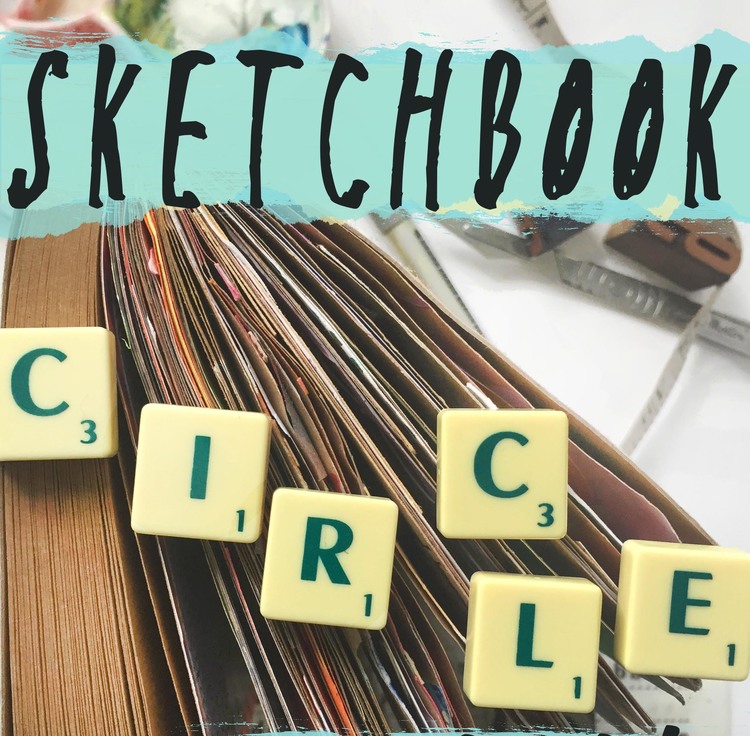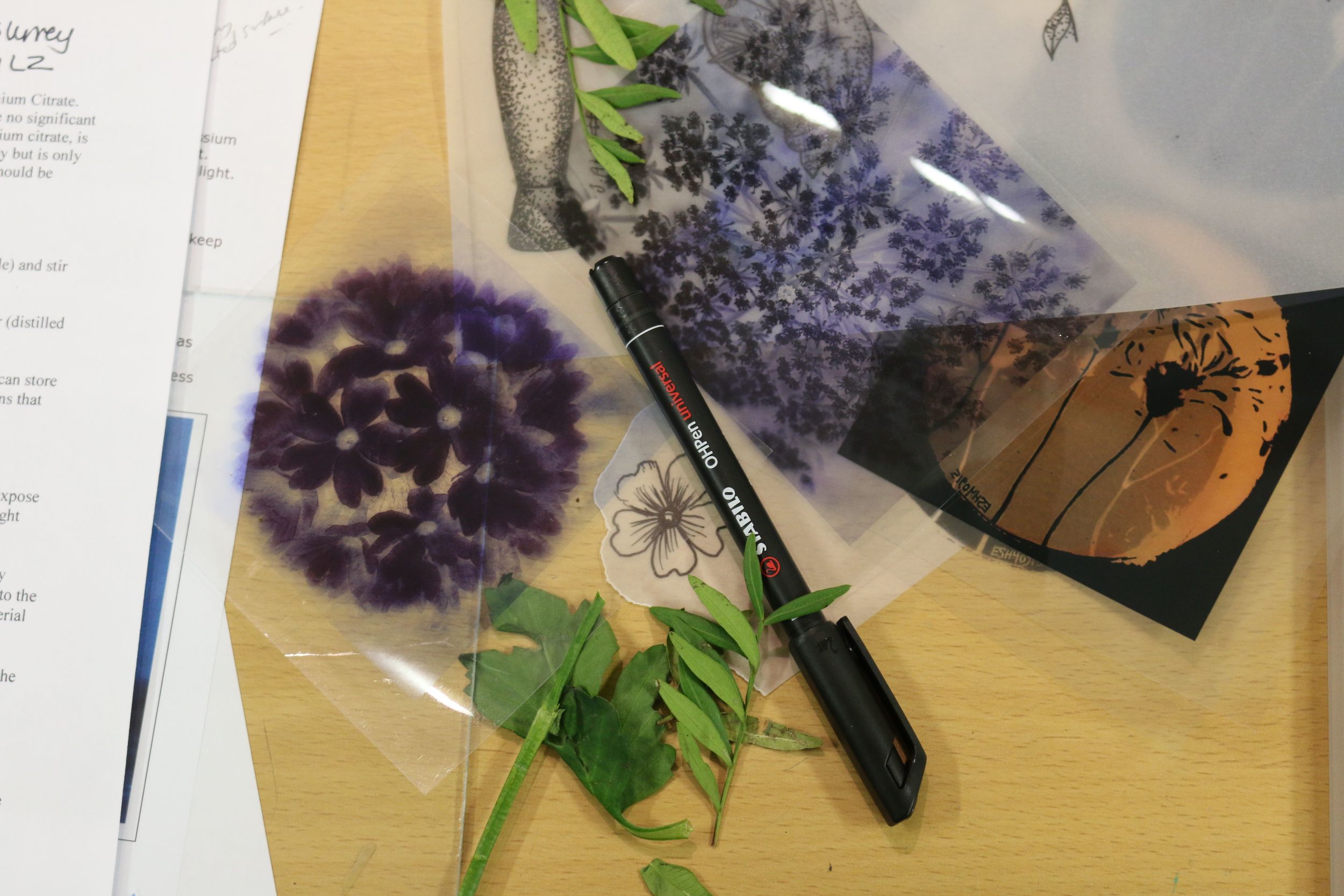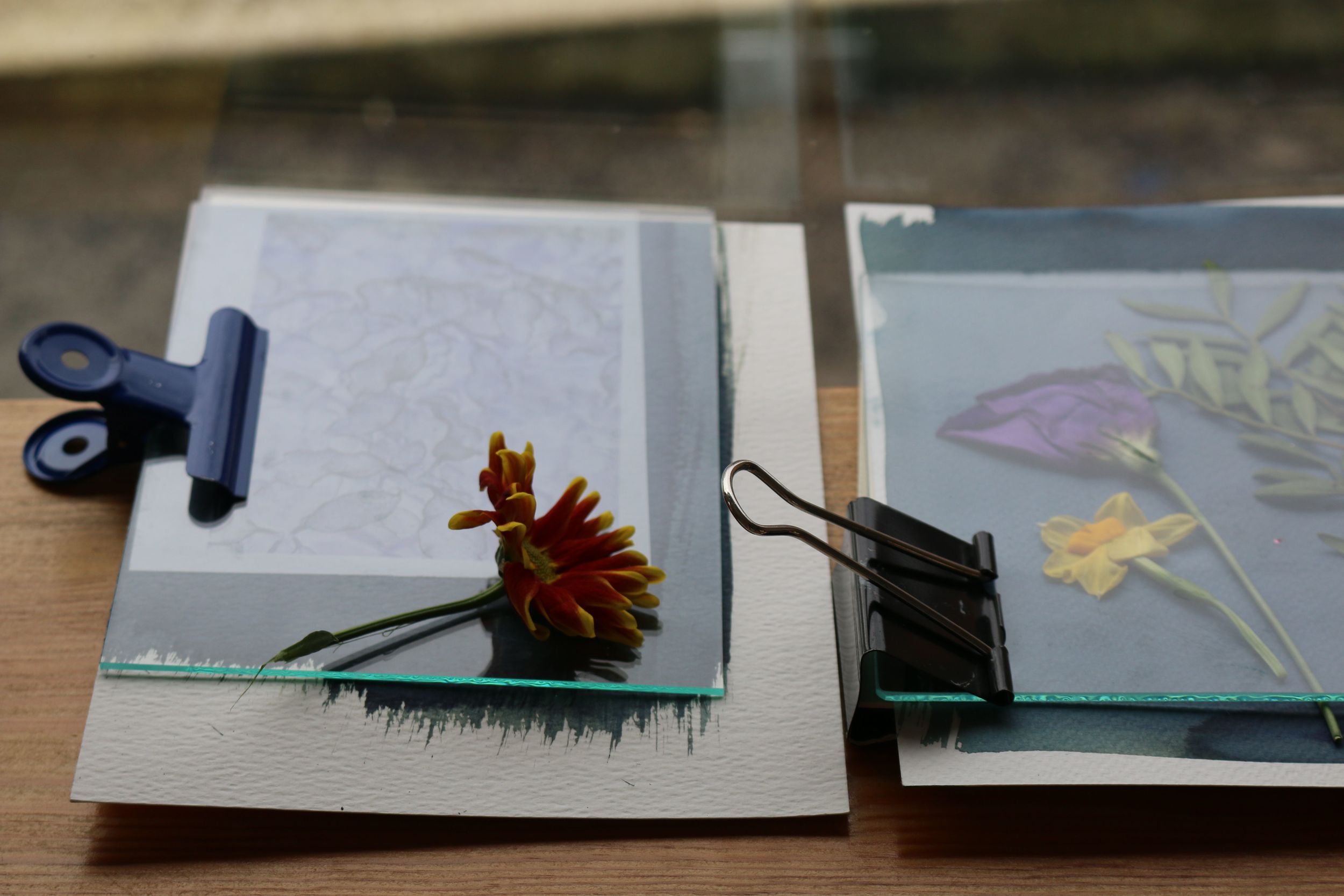A little while ago my friend David Gauntlett sent me a link to his Ted talk he’d done called ‘Building Real-World Platforms for Creativity.’ It’s a really lovely film that explores how small acts of creativity can change the world. What I particularly like about David’s talk is that it acknowledges the power of creativity to connect people through the shared experience of making. It’s all about people doing everyday stuff together and for that stuff to have the potential to encourage conversations, create inspiration and to make things happen.
Watching David’s film made me ponder my role as an artist. Creativity is my bread and butter but also my therapy, my hobby and the lens through which I experience the world. Each is a collaborative process and I doubt whether one could exist without the other. I don’t have to squeeze creativity into my life or make time for it which is an amazingly privileged position to be in, so I guess I was asking myself ‘what is it that I bring to the table?’
Shortly after David sent me the link to his film I got a text from Lauren, a young person I’d worked with on a past project to say that she had been admitted to a secure mental health unit. It was a massive shock and as a mum of a daughter of a similar age with the same diagnosis I knew that I had to do something.
My daughter’s experiences have taught me that people’s attitudes towards mental illness can be pretty appalling. You are not afforded the same kindness as someone with a physical illness as there is a common assumption that you have some control over the way that you are feeling. As 1 in 4 people in the UK will experience a mental health problem each year it’s my belief that we should look after each other and no one should ever be made to feel as if they are not worthy of compassion.
Thinking back to my question ‘what is it that I bring to the table?’ I decided to step into the role of artist as instigator and set about organising a sort of postal flash mob for Lauren. I wanted her to know that she had a place in a world and that she was loved. I contacted lots of creative friends and asked if they could make some exciting post for her; they rose to the challenge and kept my postman very busy for at least a week! I was overwhelmed by people’s generosity and the general feeling that to give was an equal pleasure as to receive. I set up a secret Facebook group which developed into a supportive community of makers all keen to connect with each through a collective act of creative kindness.
David starts and ends his Ted talk with the statement ‘little bits of creativity are not trivial.’ The collection of little bits of creativity poured into envelopes and packages for Lauren were not trivial, far from it, they had the collective power to change a little corner of her world. They are helpful to her now and will continue to help her through her recovery. I don’t know whether I instigated Lauren’s postal flash mob as an artist or a human, I just felt that I did what I needed to be done. I do know that I couldn’t have done it without inviting my friends to step into a shared experience and I am so grateful for their help.
I wrote this piece for my blog but there is a backstory that I would like to add. As part of the introduction to the project that Lauren had taken part in, I showed her group the Sketchbook Circle book I’d worked in with Paula Preston last year. I presented it as an example of how the right collaboration mixed with a good dose of open ended creativity can help to maintain equilibrium in our busy lives. Lauren loved exploring the pages and was really intrigued by our partnership. I was thrilled when a few weeks later she told me that she’d been inspired to start a collaborative sketchbook with her friend Rosie who she'd met through a hospital stay. Their book documents their days out and has been a really good way for both girls to see the progress they are making in a tangible form. When Rosie visited Lauren in hospital she handed the book over to her for the duration of her stay, a lovely gesture that is helping Lauren’s recovery by giving her hope for the future. Art makes people powerful.




















































































